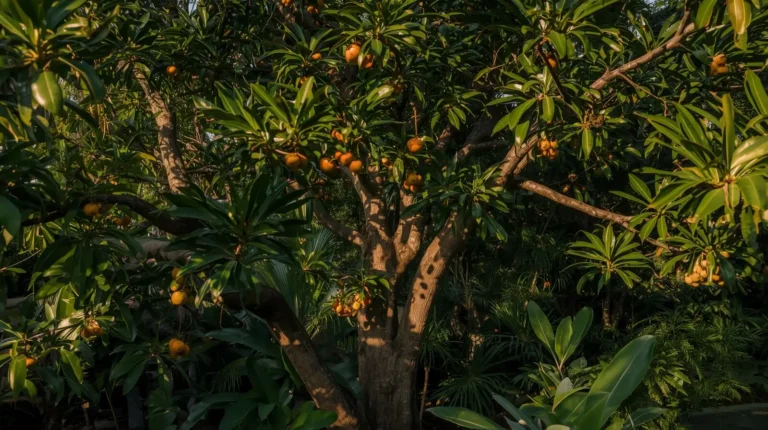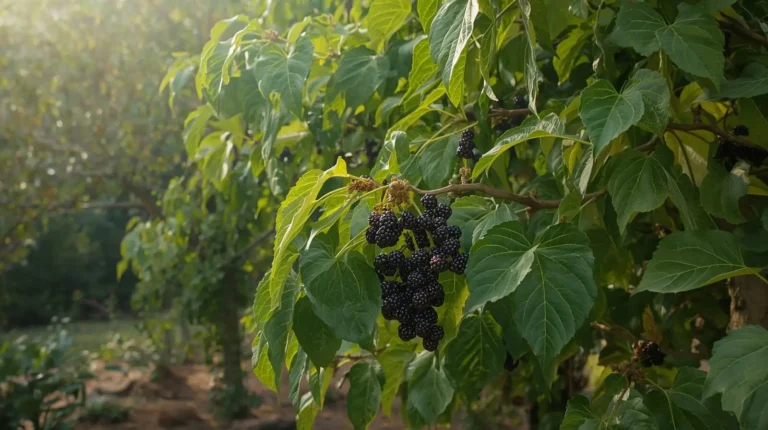When I first started working with Calamondin orange trees, I realized how much fun growing them can be, especially now with their rising popularity among home gardeners who love keeping a calamondin orange tree as a petite, decorative plant. These vibrant trees always catch my eye with their zesty, tiny oranges that look so unique, and whenever someone wants to dive into citrus care beyond a regular orange tree, I always recommend a calamondin citrus tree and other calamondin trees because the oranges bring a real tropical vibe to any space, whether kept indoors or out on a sunny corner. A lush green pot on the balcony filled with mini oranges looks almost Instagram-worthy, and the natural charm these fruits have—even compared to regular oranges—comes from their surprising blend of sweet and tart. With my own calamondin tree, I often dive deep into simple tips that show anyone how to grow these little citrus gems perfectly without making things complicated.
Planting Your Calamondin Orange Tree
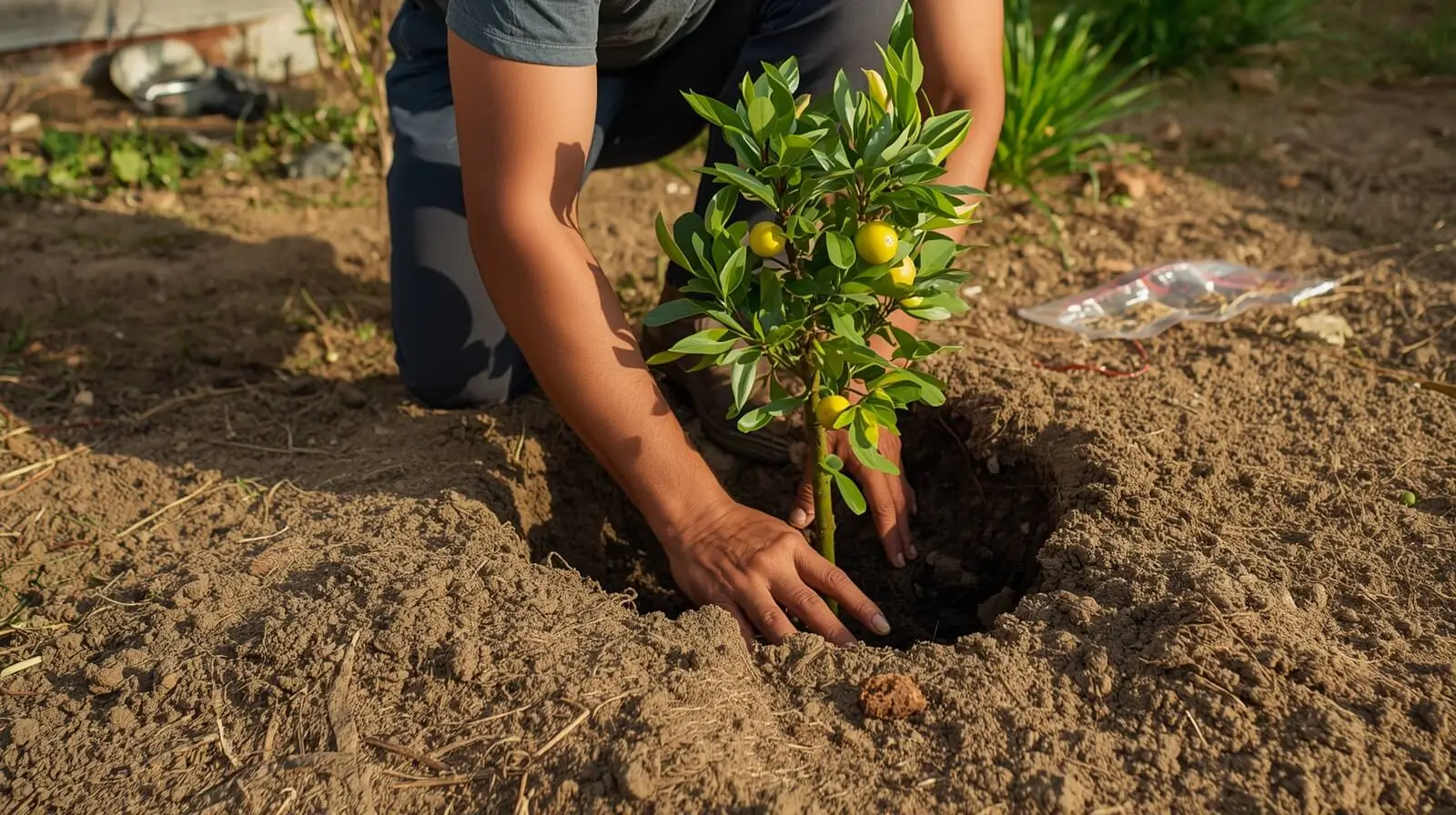
- When I was starting my own journey with calamondin orange trees, I realized these little wonders bring real joy and a tropical feel to any space, so choosing the best way of planting them correctly becomes crucial if you want a healthy start.
- I always choose the right spot because calamondin trees love sunlight, and I aim for a spot that gets 6-8 hours of direct light, which truly works wonders for growth.
- Before planting, I prep the soil using a well-draining mix where I blend garden soil with organic compost, then I dig a hole that’s twice as wide as the root ball but not too deep so the tree can settle well.
- Once I place the calamondin tree in the hole, I make sure I’m ensuring it sits level with the soil surface, and with these simple steps, any calamondin orange tree gets the strong, fruitful start it deserves.
For more tips on growing compact citrus varieties, you can also explore this guide on the Kishu mandarin tree, which shares similar soil, sunlight, and care habits.
Watering and Moisture Management
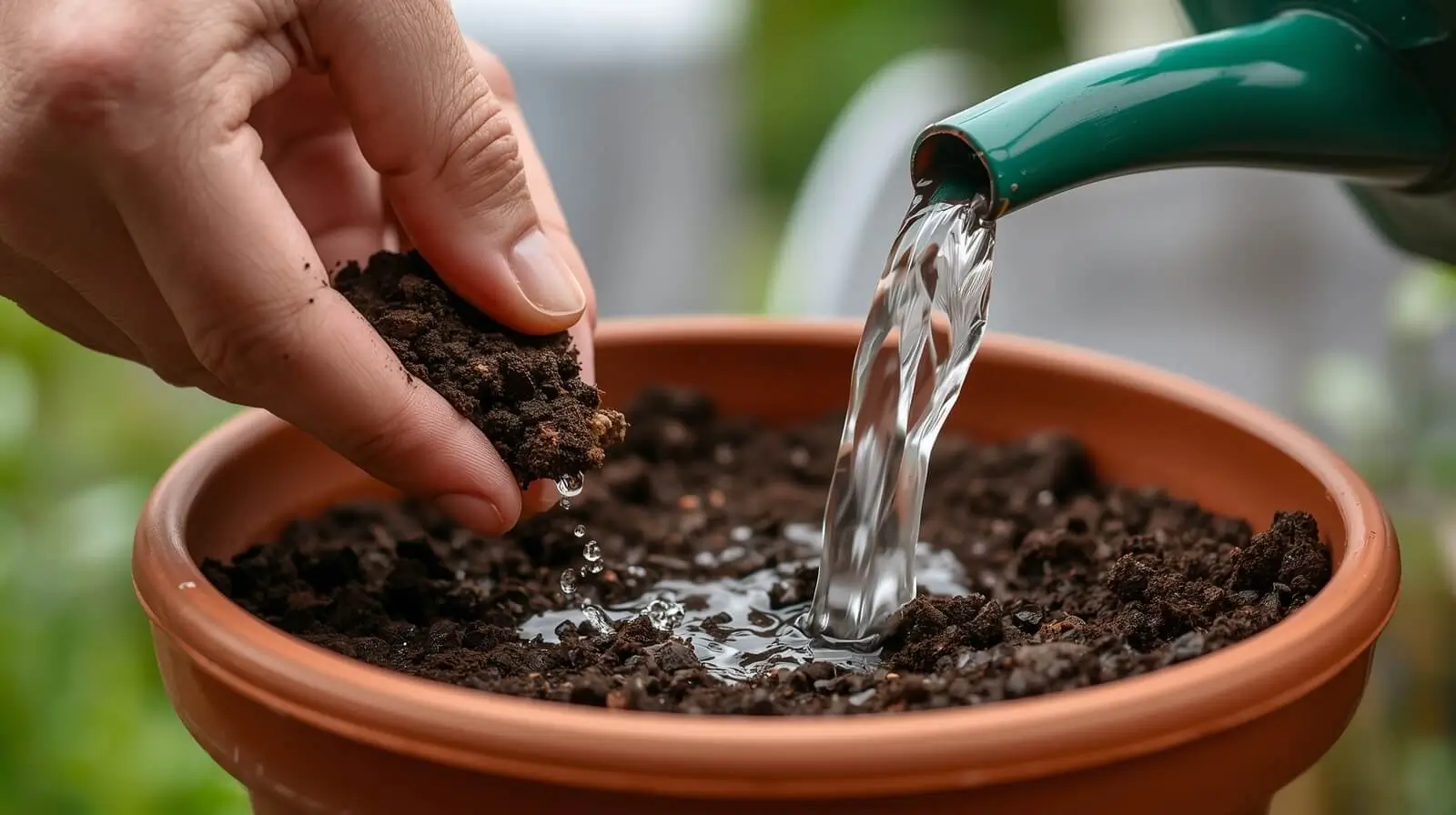
When I focus on calamondin orange tree care, I always remind myself that mastering the art of watering is paramount because these trees have specific moisture needs that make the difference between a thriving plant and a wilting tree, especially when keeping calamondin orange trees indoors where the air becomes drier in winter, so staying extra vigilant helps me maintain consistency is key as I water the tree regularly, watch the soil so it never gets waterlogged, always check the top soil with a quick touch on the top inch to see if it’s dry, and choose the right time to water while using deep watering instead of frequent shallow watering as I opt for a more deep, thorough watering routine that promotes stronger root growth, teaching me that all plants need a little patience and close observation to stay healthy.
- Use deep watering instead of frequent shallow watering to support stronger root growth.
- Keep checking the top inch of soil and water only when it feels dry.
- Be extra vigilant indoors, especially in winter, when the air becomes drier.
Fertilizing Your Calamondin Orange Tree

When I learned how important fertilizing is for the health of a calamondin citrus plant, it became clear that these lively trees truly crave nutrients to produce their signature zesty fruits, so I always select a balanced fertilizer that is specifically designed for citrus plants to ensure my calamondin gets what it needs, remembering that less is more because over-fertilizing can harm more than it can help, which is why I always adhere to the recommended dose and watch for yellow leaves or foliage that turns yellow since it can signal a nutrient deficiency, and when that happens, I simply adjust the feeding accordingly so that proper fertilization ensures the plant remains robust and productive.
- Use a balanced fertilizer that is specifically designed for citrus plants.
- Follow the recommended dose because less is more and prevents harm.
- Watch for yellow leaves that may signal a nutrient deficiency.
If you want additional fertilizing guidance, check out this care guide for Persian lime trees, which explains citrus nutrient needs and deficiency signs in detail.
Pruning and Shaping

- I always begin pruning my calamondin orange tree at the best time to prune, and I aim for late winter or early spring before any new growth starts, because this ensures the tree looks its best and remains healthy.
- When I remove dead wood, I check for brown, dry branches, then snip them to allow the tree to save more energy, creating a balanced shape so sunlight reaches all parts, especially if the tree is growing too tall for my space, and I simply trim the top to control it.
Working with these trees has taught me that small, thoughtful cuts lead to healthy growth and keep everything manageable, especially when shaping them carefully through the seasons.
Pests and Diseases
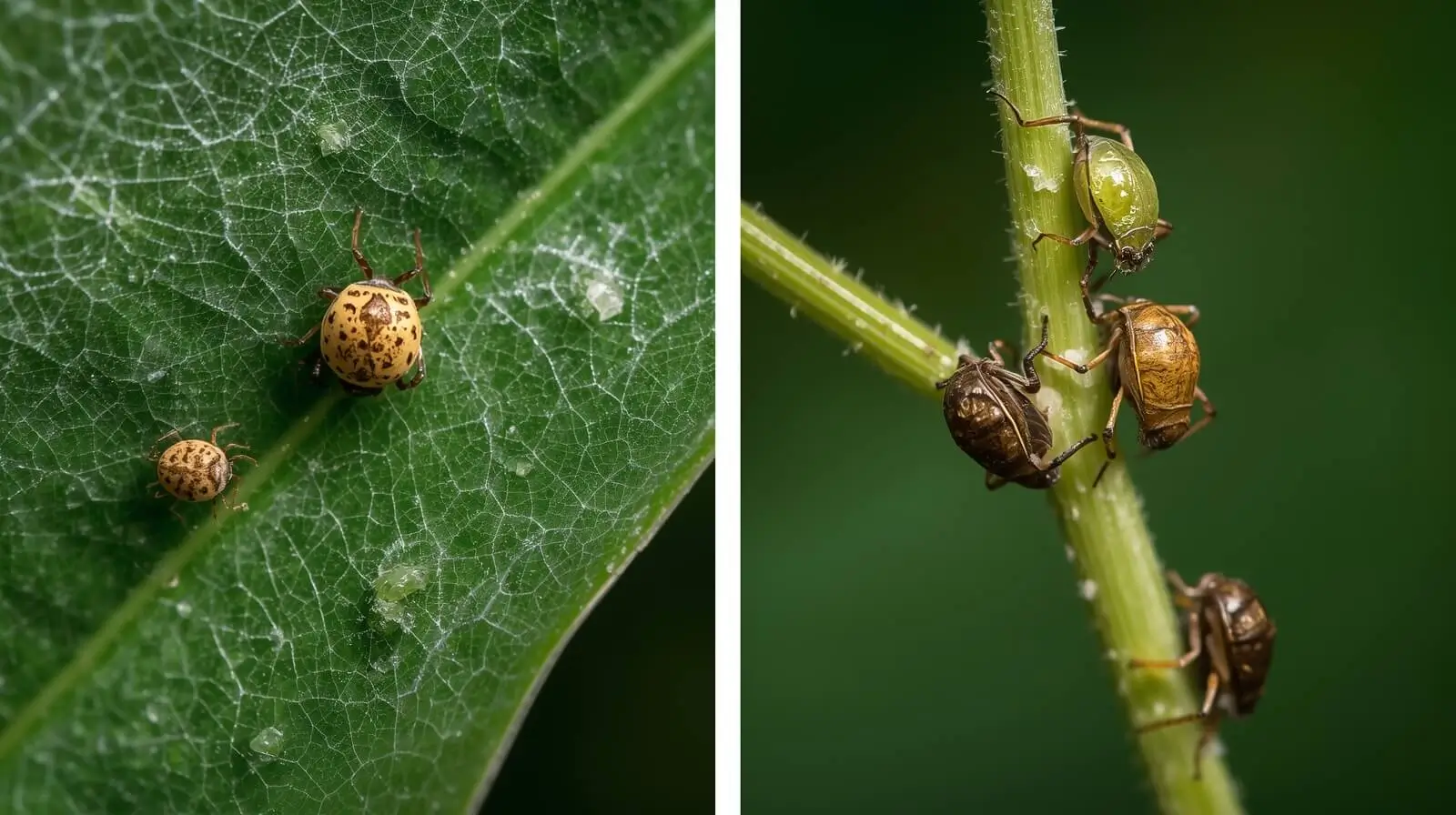
From my own garden experience, I’ve learned that some plants, including calamansi trees and calamondin orange trees, can be susceptible to different diseases and pests, and giving them the right care and attention helps stop small issues before they spread, letting you tackle them early enough to keep everything nipped in the bud, especially when you spy signs of spider mites, tiny pests that infest calamondin leaves and leave behind delicate webbing and pale dots, which you can combat using insecticidal soap or neem oil, while staying alert for scale insects, the little bugs that attach to stems and start sapping the tree’s vitality, making it necessary to remove them manually or with organic insecticides.
- Watch for citrus canker, a bacterial disease that creates raised lesions on fruit, and try to prevent it by avoiding water splash and routinely checking the plant.
- Stay mindful of root rot alert, which demands good drainage because overwatering can trigger a fungal issue.
- Practice steady vigilance, because it remains a key part of care and helps you regularly inspect the plant.
- Always act swiftly at the first sign of trouble to ensure your calamondin plant stays in prime health.
For expert-backed information on citrus pests and diseases, you can also refer to this UF/IFAS citrus health guide.
Working with citrus has taught me that early detection prevents most problems, and with a calm routine and careful eyes, even sensitive plants stay strong and resilient.
Read Also:
- Gardening & Plant Care Guide for Thriving Plants
- Tropical Fruit Trees: Grow Exotic Paradise at Home (Guide)
Conclusion
Caring for your calamondin means staying ahead of pests, diseases, and environmental stress before they take hold. With steady observation, proper watering, balanced fertilizing, shaping, pruning, and early action, your tree stays healthier, stronger, and far more productive throughout the year. When you combine patience with the right care habits, your calamondin becomes a reliable, thriving citrus companion that continues rewarding you with beauty and delicious fruit.
FAQs
1. What are the most common pests on calamondin trees?
Spider mites, scale insects, and tiny sap-sucking bugs are the most common. They usually show up as pale dots, sticky residue, webbing, or slowed growth.
2. How do I tell if my calamondin has citrus canker?
Look for raised lesions on the leaves, fruit, or stems. These spots are usually yellowish or cork-like. Early detection is key.
3. Why are my calamondin leaves turning yellow?
Yellowing can be caused by nutrient deficiency, overwatering, root rot, or pest activity. Inspect the soil, check drainage, and examine both sides of the leaves.
4. How often should I check for pests and diseases?
A quick weekly inspection is ideal. Look at leaf undersides, new growth, and soil moisture. Early detection prevents major damage.
5. What’s the best organic solution for pests?
Neem oil, insecticidal soap, and manual removal work well for most soft-bodied pests like spider mites and scale.
6. Can overwatering cause diseases?
Yes — overwatering commonly leads to root rot, a fungal issue that weakens the tree. Make sure the pot has good drainage.
7. How do I stop pests from coming back?
Maintain proper airflow, avoid overwatering, prune regularly, and keep the tree clean. Healthy trees resist pests more naturally.


